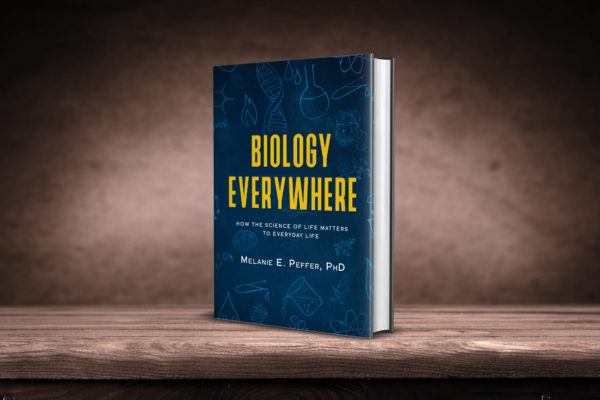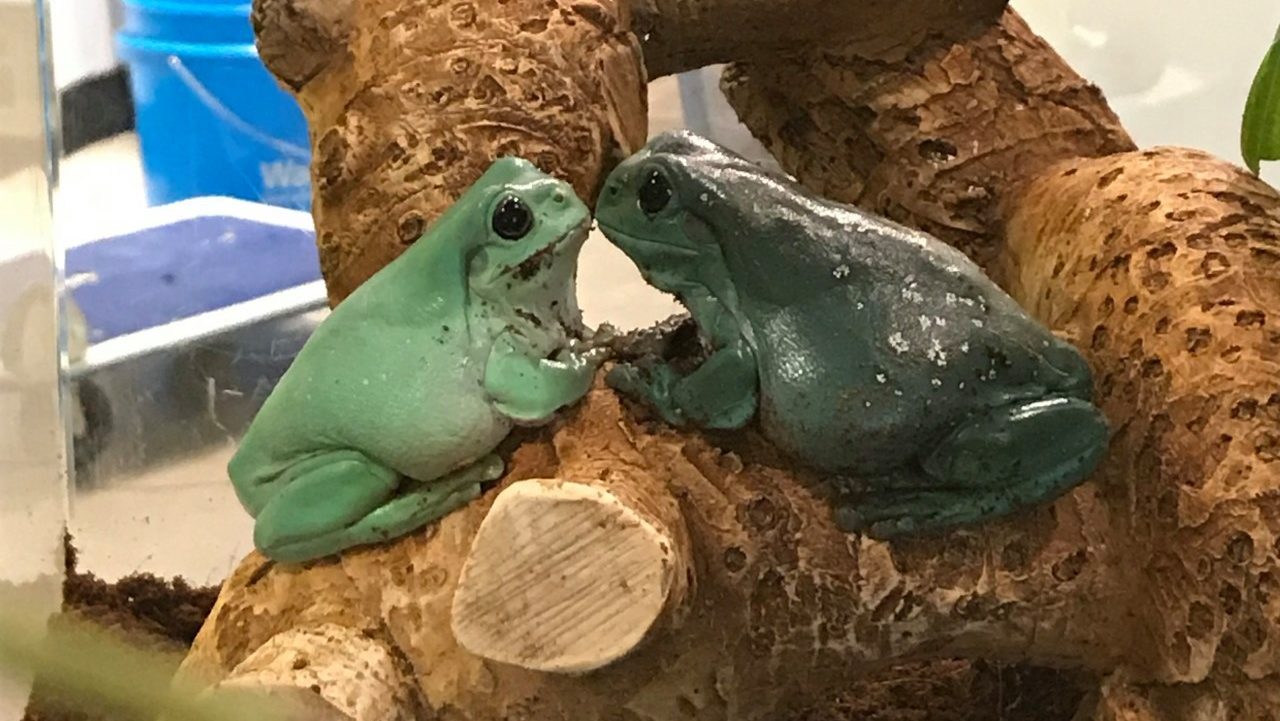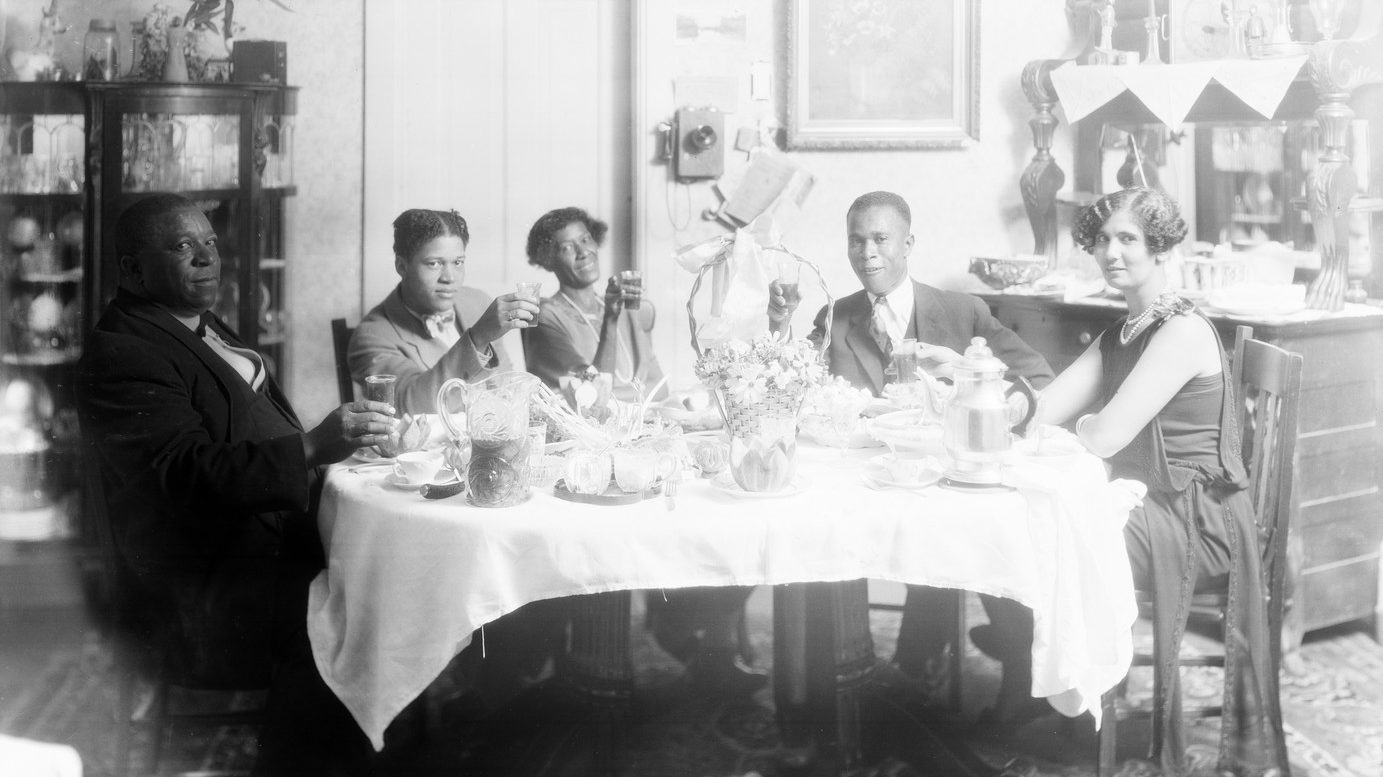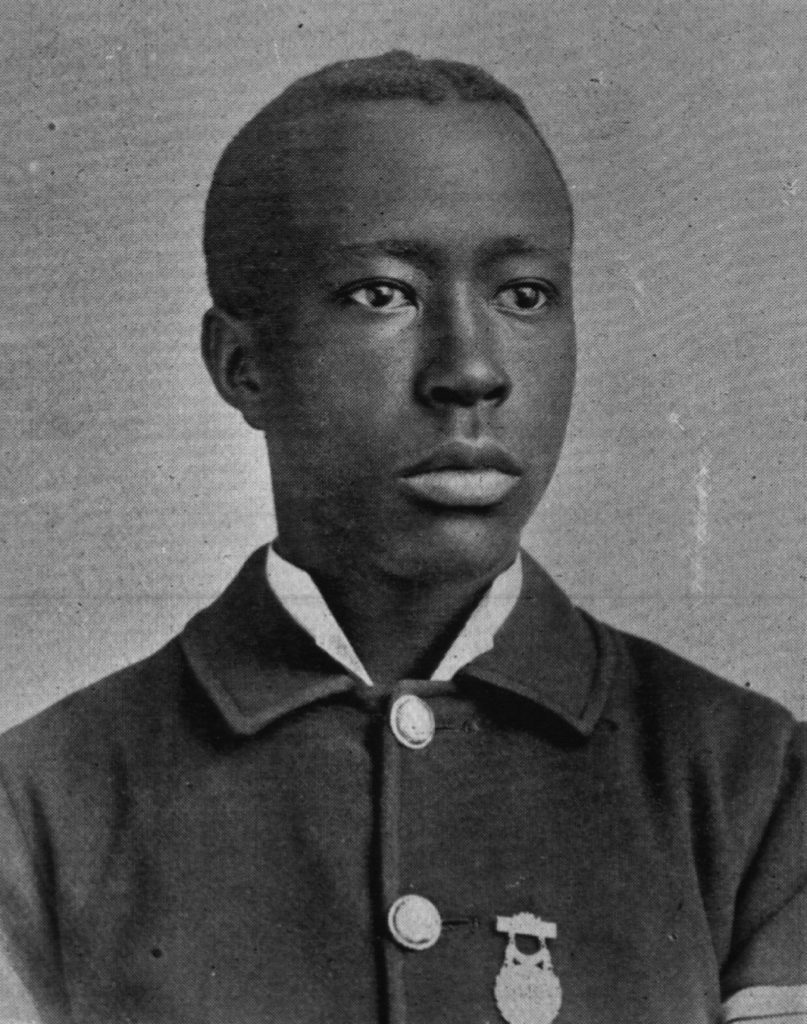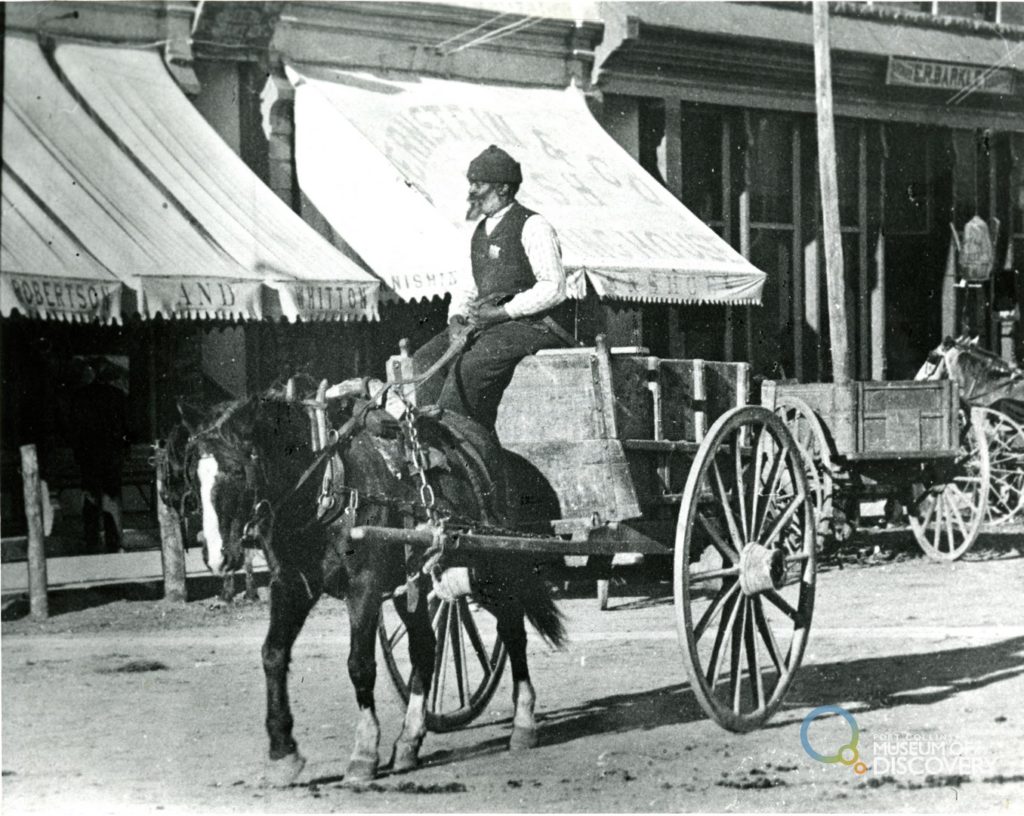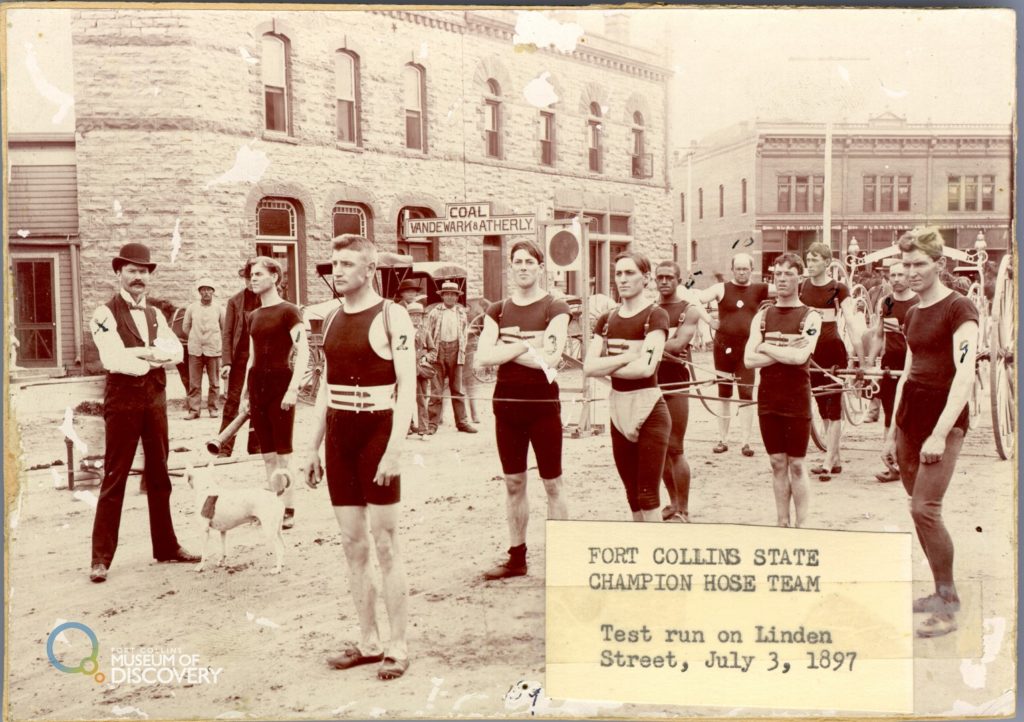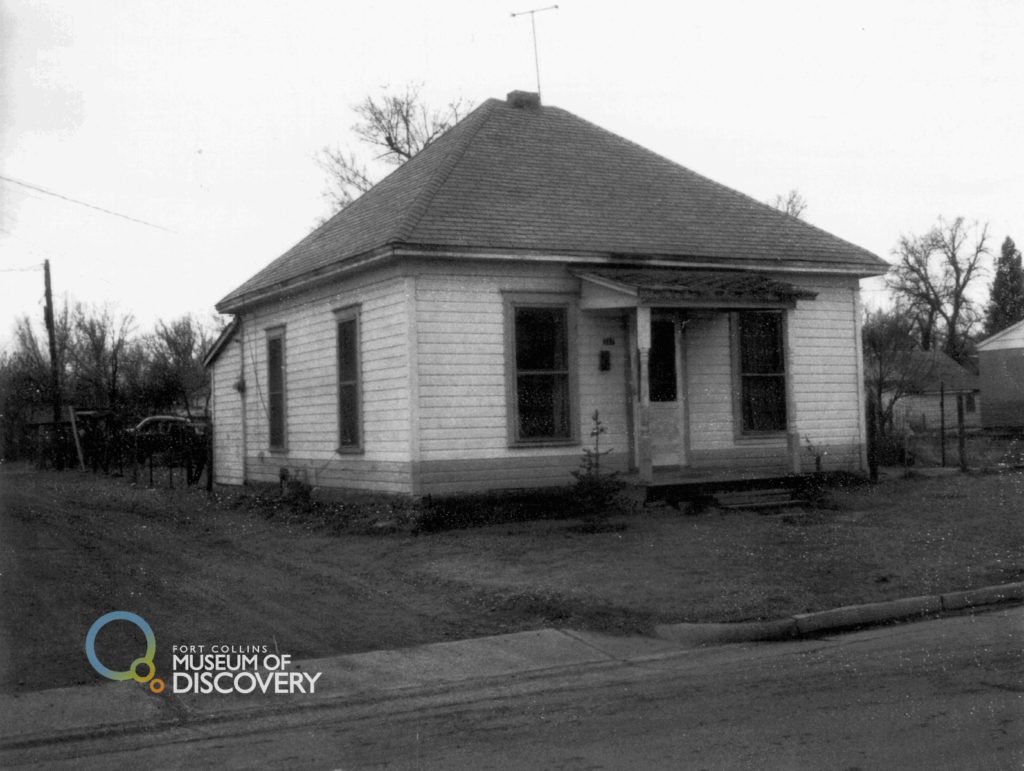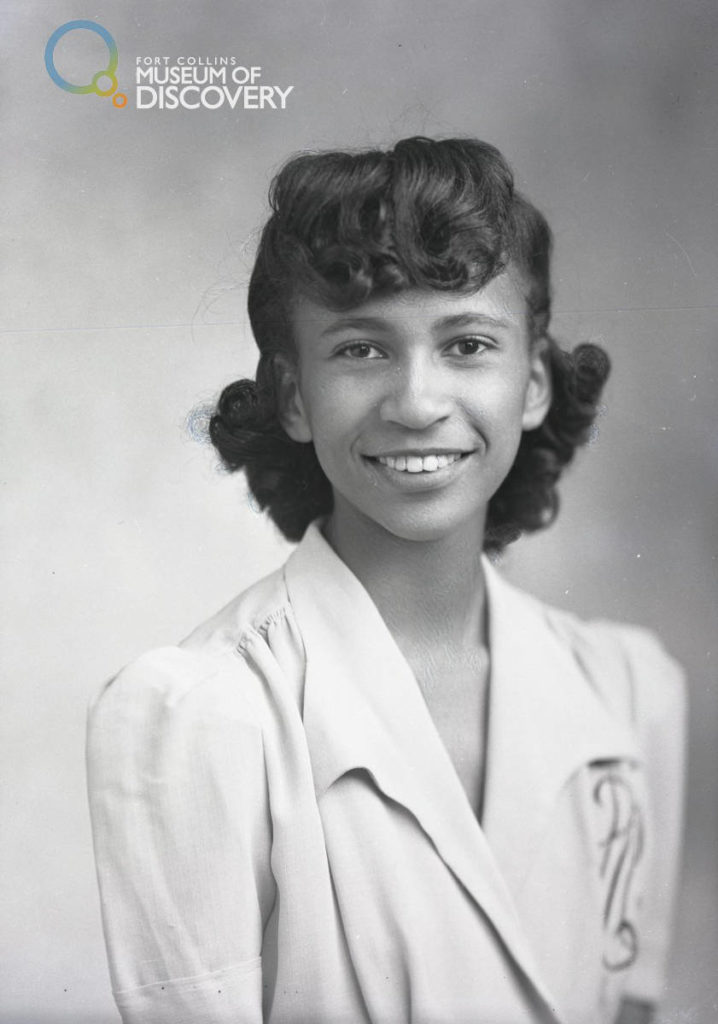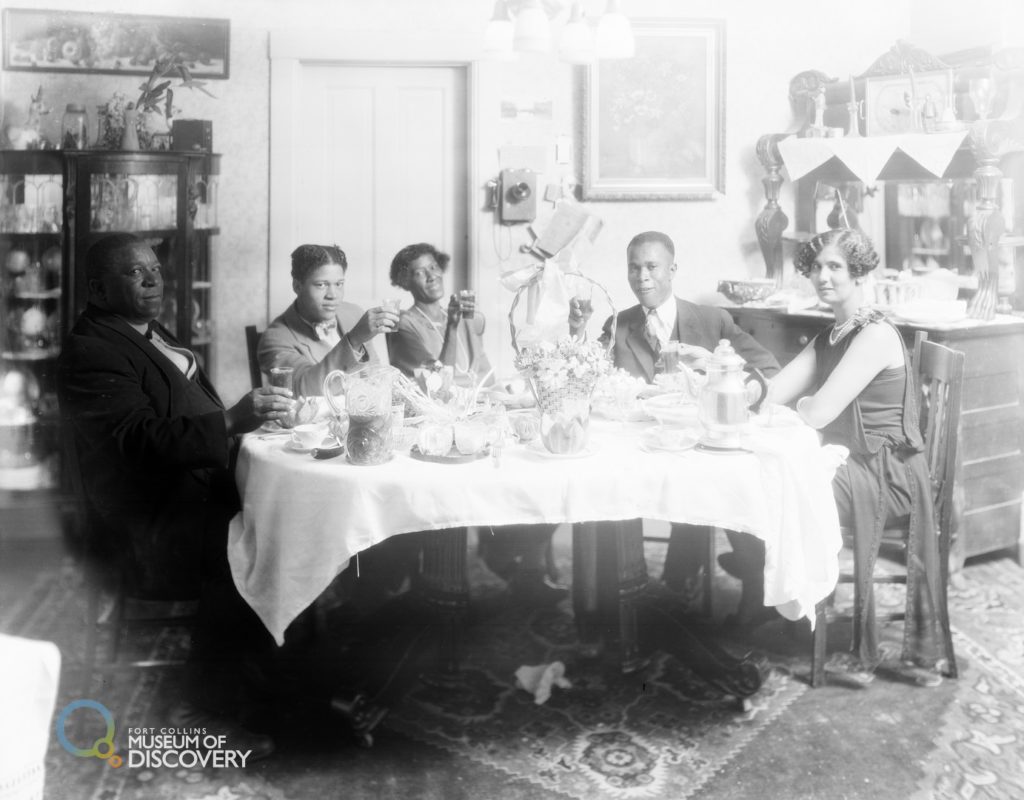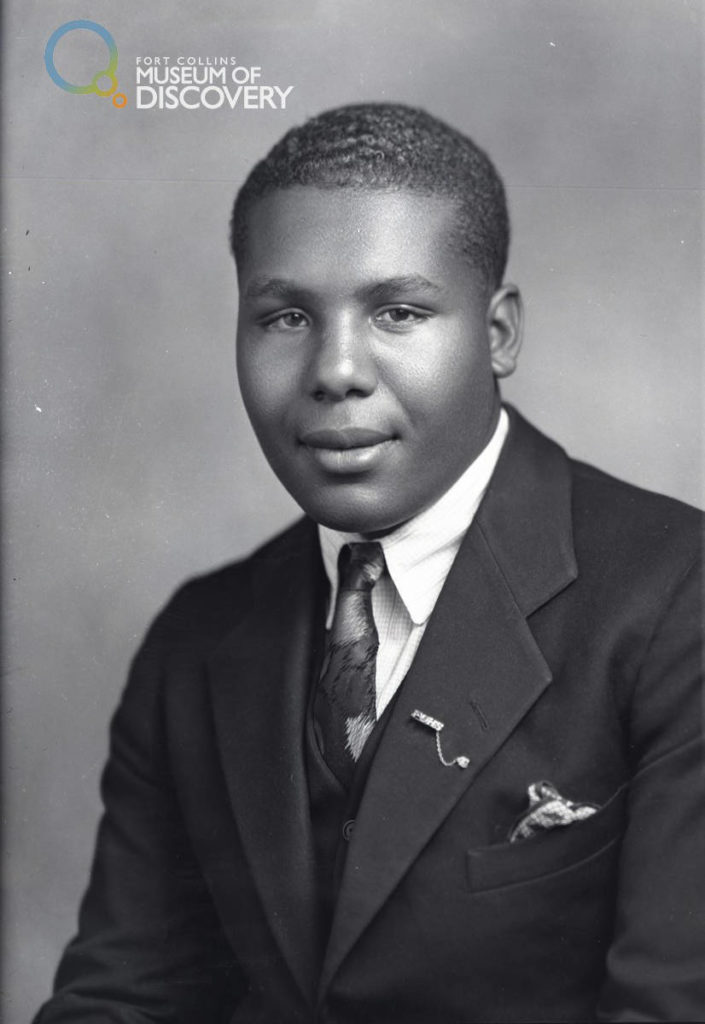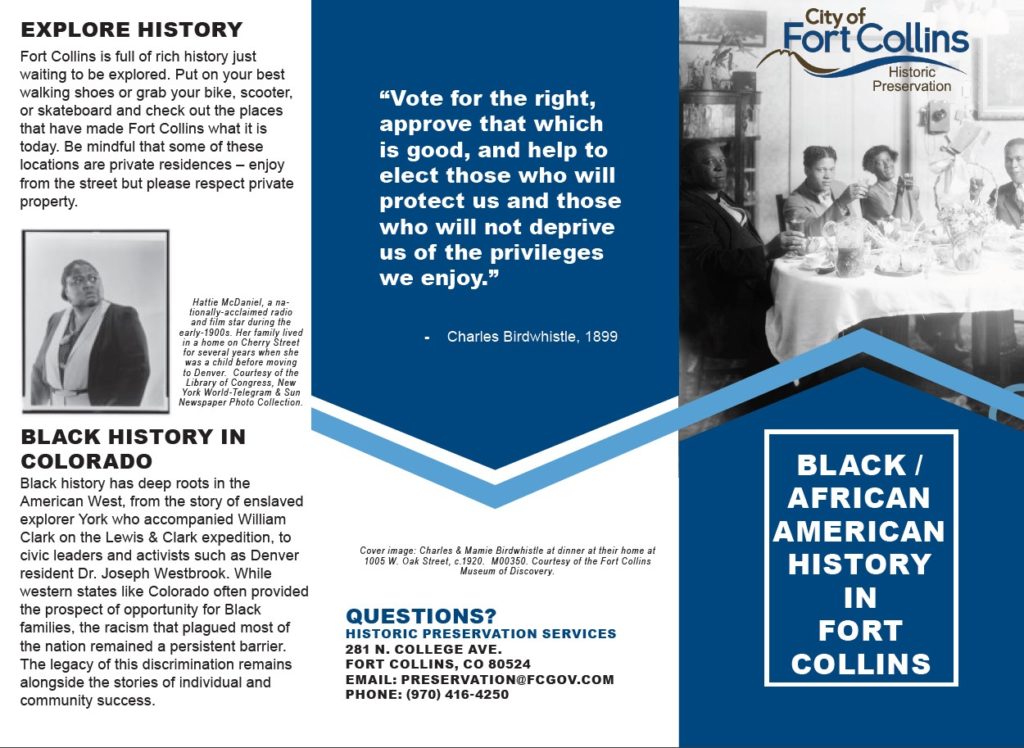Biology Everywhere
“I’m not good at science.”
“It’s too complicated.”
“I’m not smart enough.”
When Dr. Melanie Peffer encountered these attitudes teaching biology, she wanted to understand what makes the subject so scary. “I think that science is traditionally presented as so dry and abstract, people think that it is,” says Dr. Peffer. “So many students’ experience with biology is just memorizing terms, and if they have trouble doing that, then they think they can’t do it.”
Dr. Peffer’s new book, Biology Everywhere—which she will be virtually signing during a Fort Collins Museum of Discovery Facebook Live on February 19—seeks to reverse that belief. “I was inspired by that attitude of ‘never had a teacher who could teach me’,” says Dr. Peffer. Changing her approach, Dr. Peffer focuses on application rather than tossing terms at her students. Protein Biochemistry, for example, may seem really intimidating, but it’s not when you think about it in terms of cooking bacon. How it changes color, shape and size are all observable biological facts.
Biology intersects with life in so many beautiful ways. One of the most important finds of neuroscience was influenced by art. Nobel Peace Prize winner Santiago Ramón y Cajal love of drawing led to him to sketch neurons, and from those works of art we learned that nerve cells were independent cells that communicate through a network of synapses.
“It was a lot of fun to write the book. I took a lot of my inspiration from my son. Kids can give us a perspective on things that we forget.” Whether that means explaining what an exoskeleton is while walking past the crabs at the supermarket or exploring the anatomy of a honey locust pod at the park, Dr. Peffer is always excited to find biology in everyday life.
“A lot of people feel like they can’t do science,” says Dr. Peffer, “but I believe everyone can. It’s simply a matter of making it accessible.”
To order a copy of Biology Everywhere, please visit The Museum Store. Make sure to ask a question in the comment box when ordering and Dr. Peffer will answer it live!
To attend to the book signing, please join us on Facebook Live Friday, February 19 at 5:30 p.m.
Continue Reading
